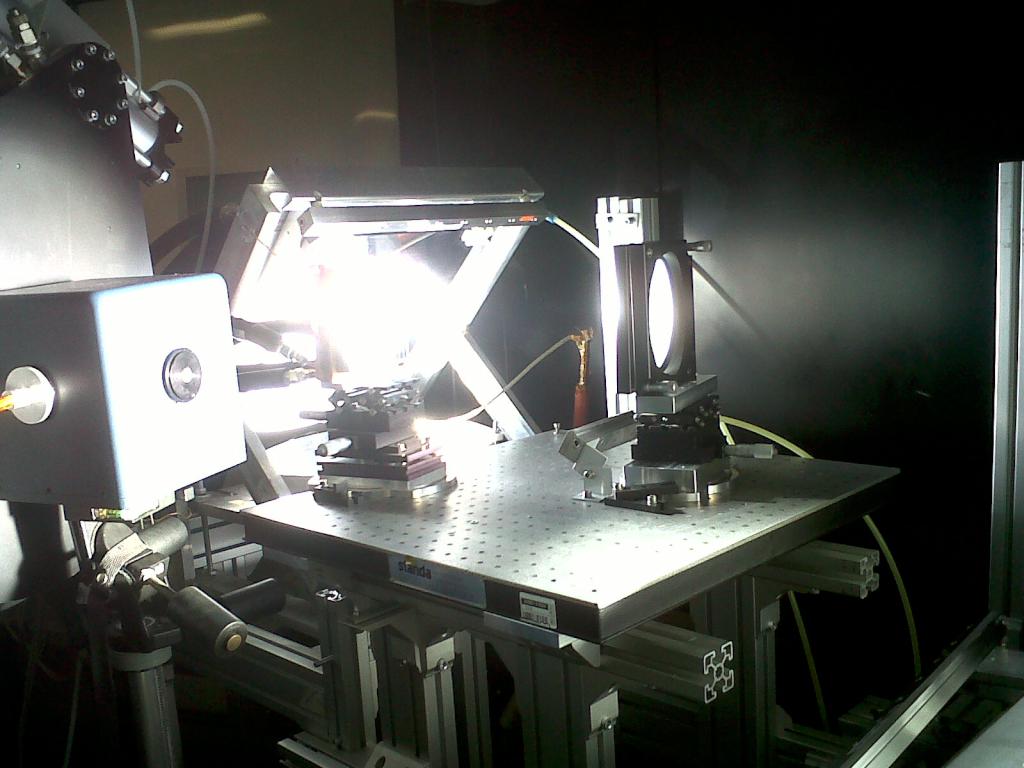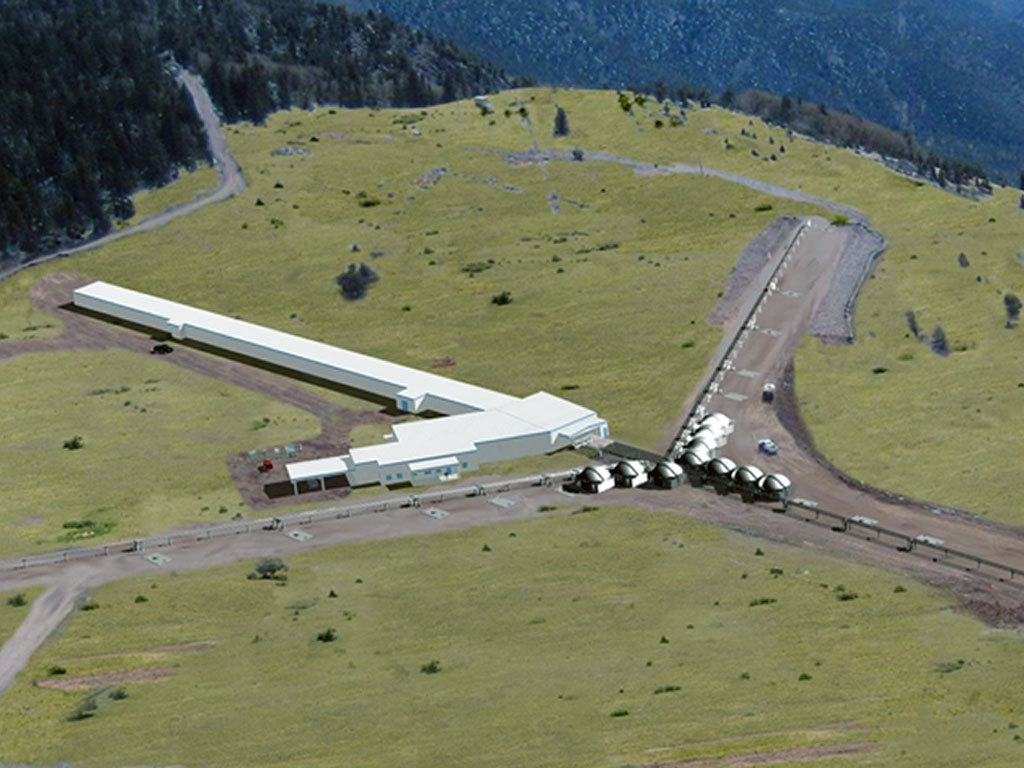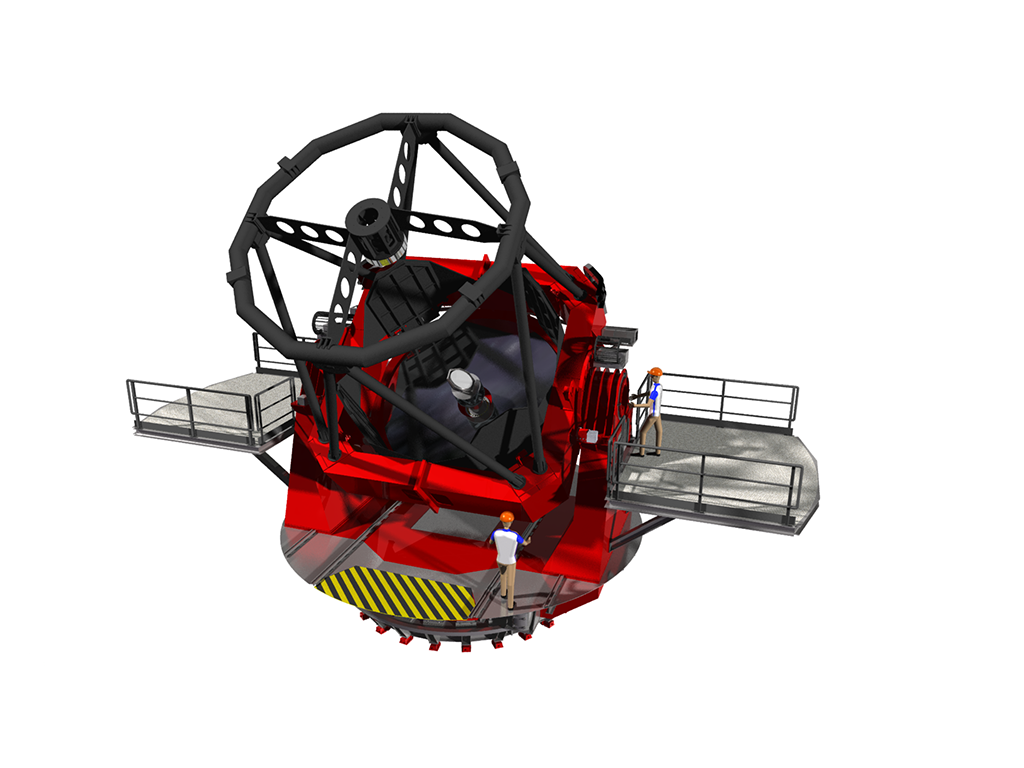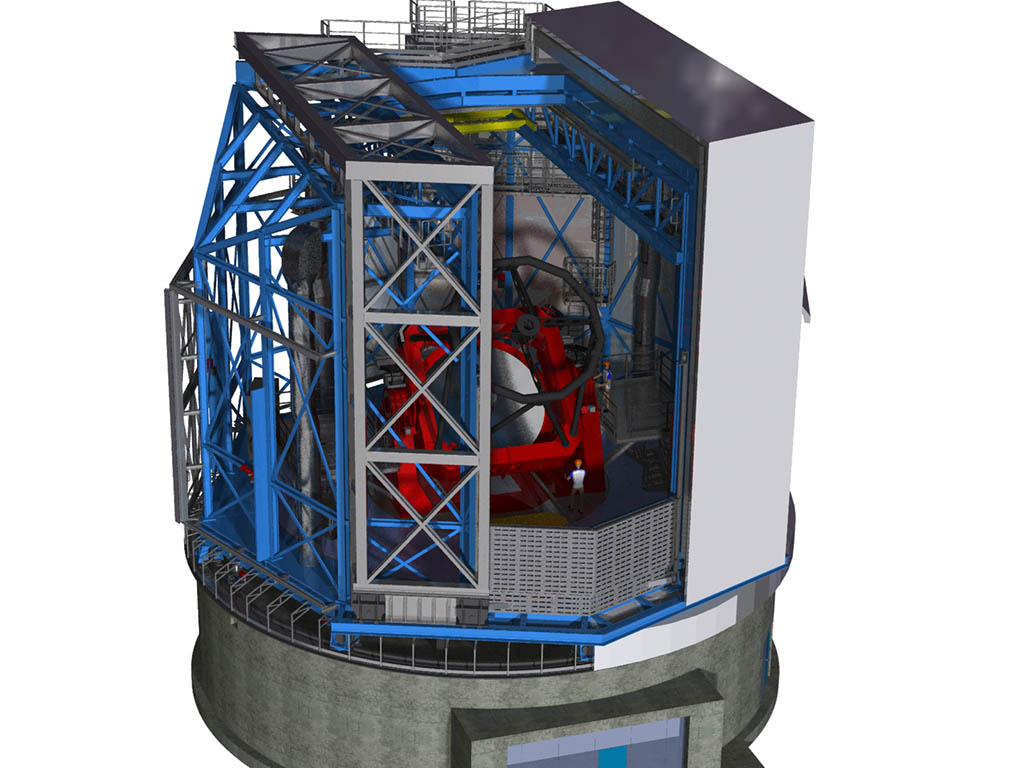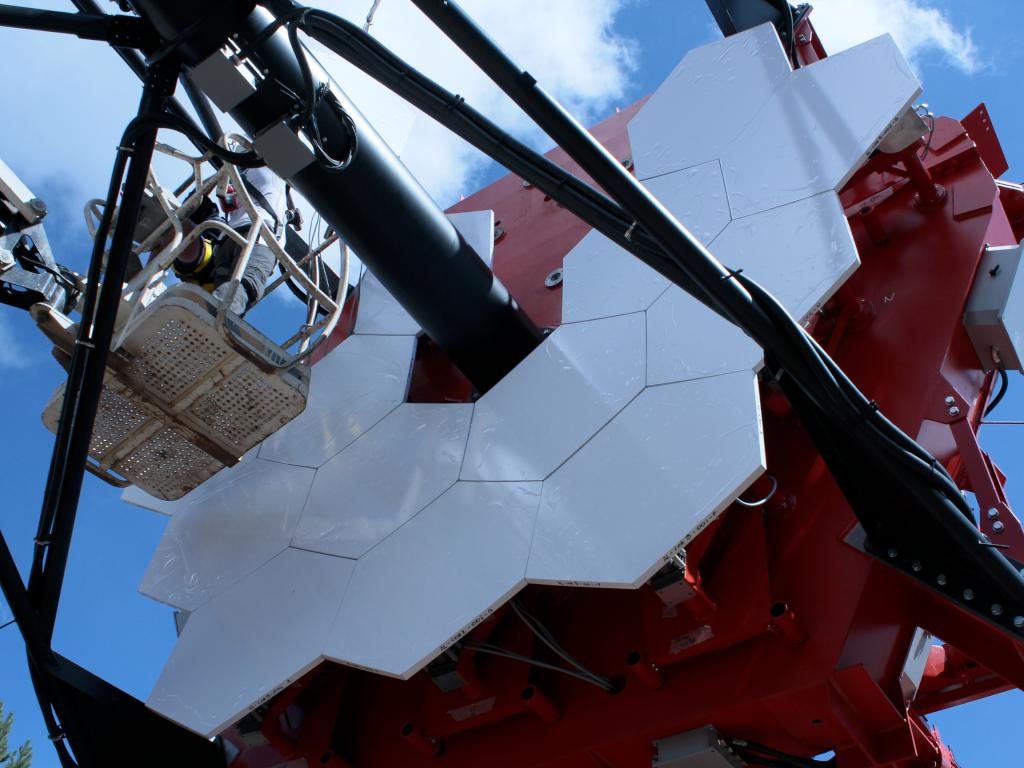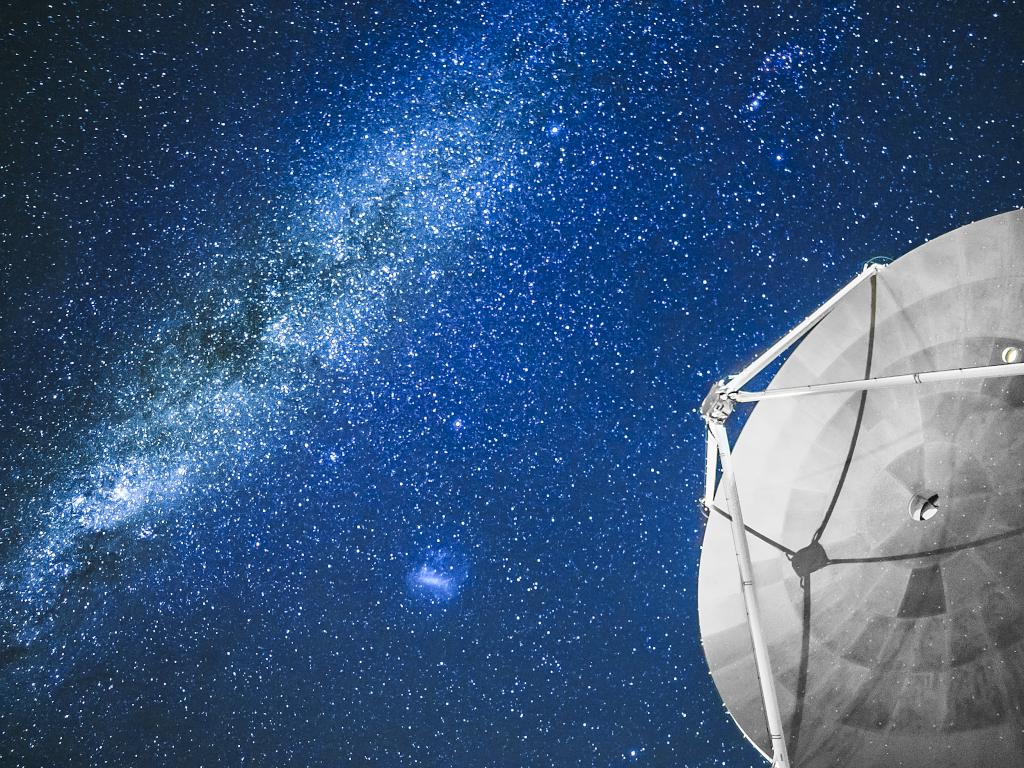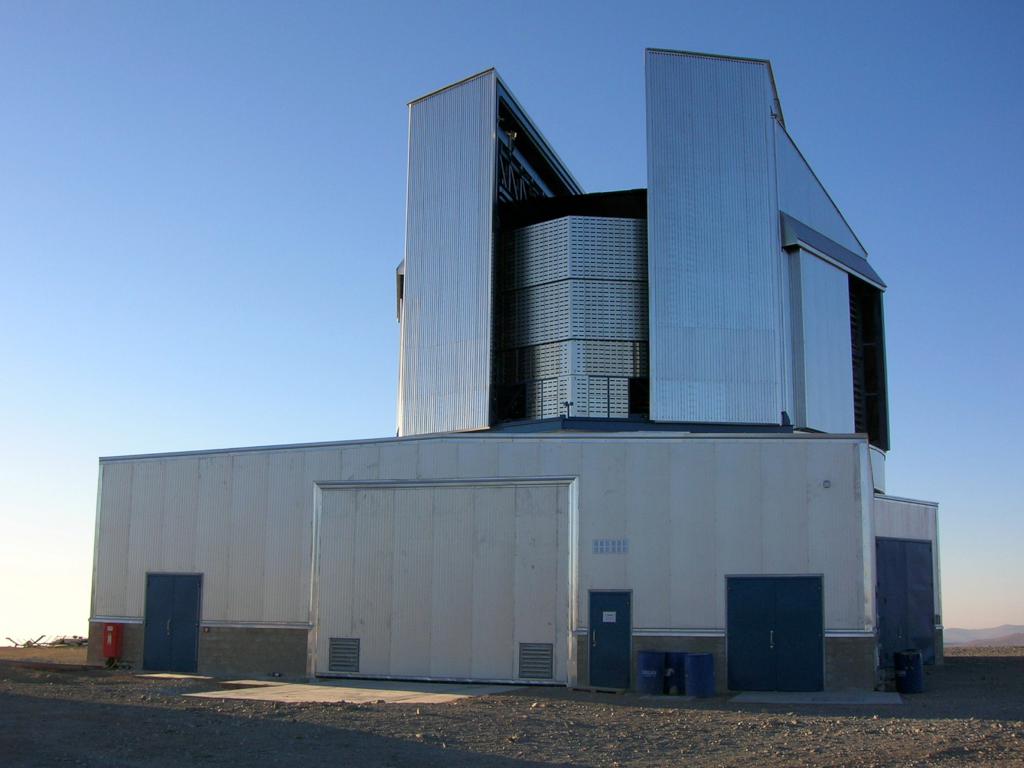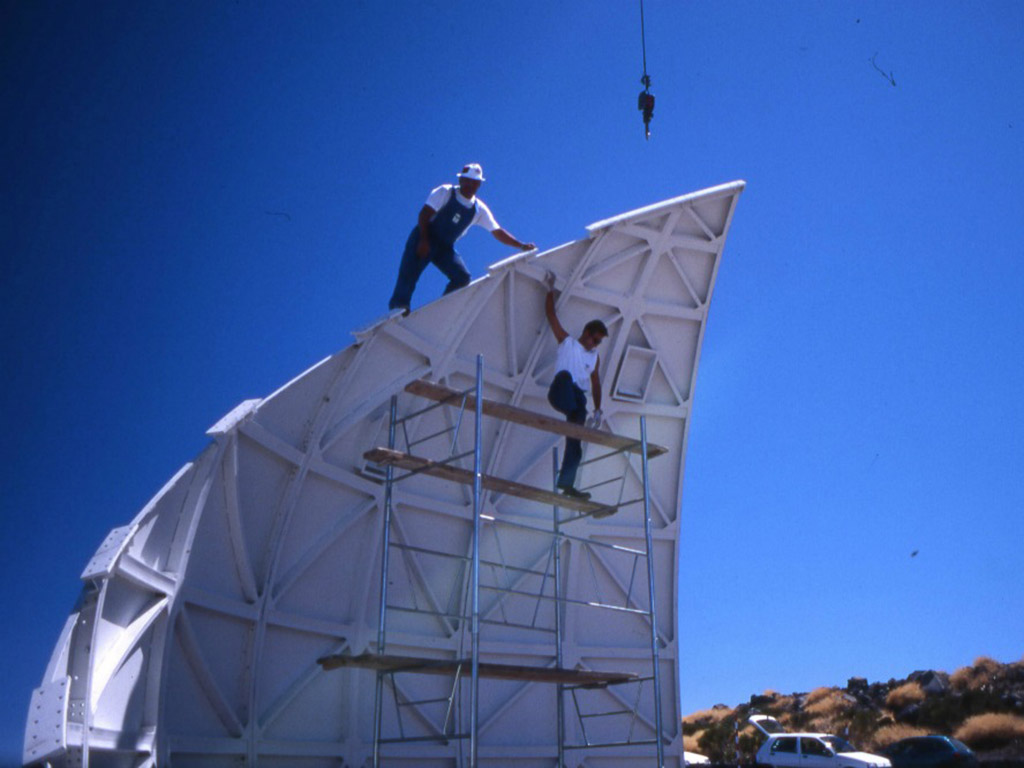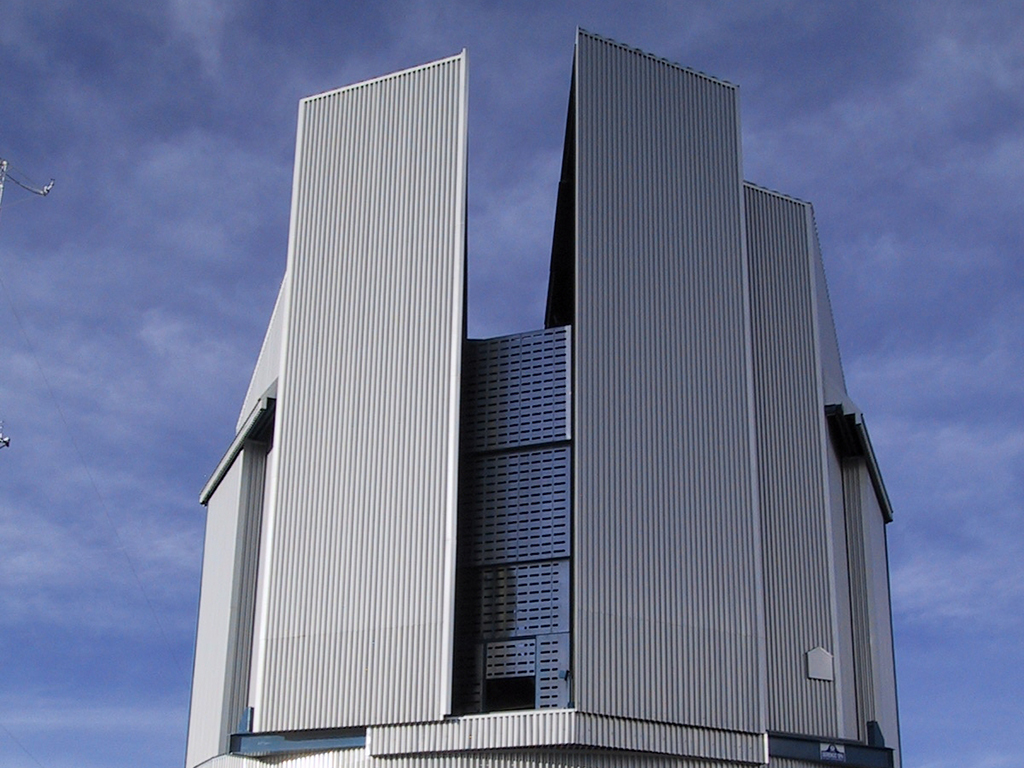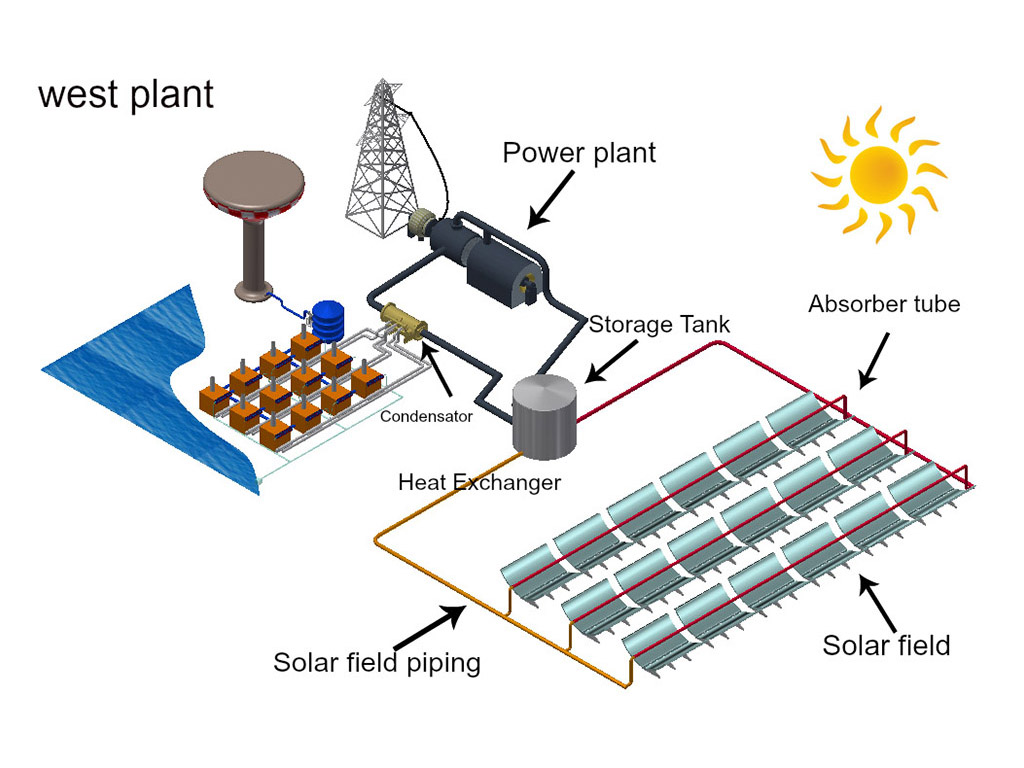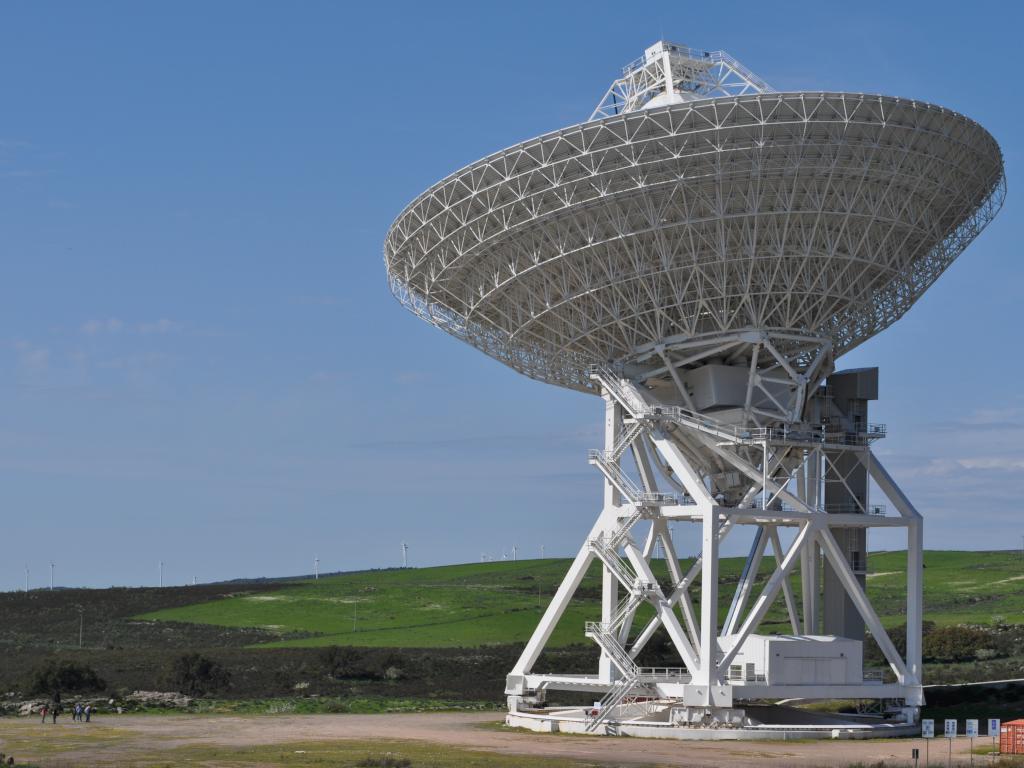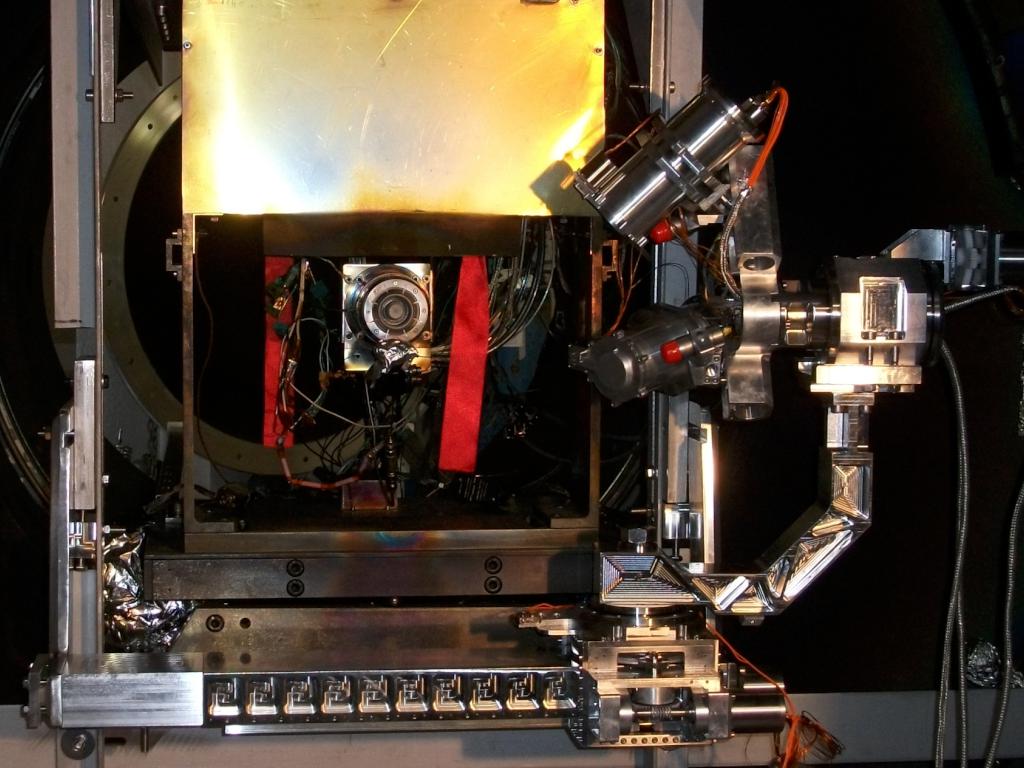Mercury Sun Simulator
Stato: completato
Attività: Detailed design, procurement, transport at customer premises, alignment
Date: 2010
Client: Centro Interdipartimentale per Studi ed Attività Spaziali - Università di Padova
Category: space
Credits: EIE Space Technologies Srl, CISAS
Overview
Bepi Colombo was the first European mission carried out for the exploration of Mercury, the closest planet to the Sun in the solar system. Realized together with ESA (European Space Agency) and JAXA (Japan Aerospace Exploration Agency), this mission programmed the launch of the satellite in 2017; when the spacecraft will enter orbit of Mercury, in 2024, it will need to resist temperatures higher than 350 °C due to its proximity to the Sun. In order to verify the capability of the instruments to work even in incredibly hot conditions, it is necessary to reproduce thermal loads caused by solar radiation.
In fact, the distance between Mercury and the Sun is about one third of the one existing between the Earth and the Sun and, at such distance, the solar radiation is 10 times stronger than the one experienced over the Earth’s orbit.
Main characteristics
Some requirements need to be fulfilled to perfectly reproduce the solar irradiance, such as the reproduction of the solar radiation that must be expressed in W/m2 or the distribution of the irradiance over the relevant area, which has to be consistent (this means that radiation must be constant over the lighted area that is 200 mm x 200 mm). Even the angular diameter of the Sun (which means that the lighting has to be identical to the one generated by a source placed in a practically infinite distance, with an angular extension of 1.5 degrees, which is the angular dimension of the Sun as seen from Mercury) and the solar spectrum (which is the “color” of tested samples when lighted up, that should be the most similar possible to the color of the Sun) need to be correctly replicated.
The second requirement on this list is particularly important since the presence of peaks of radiation would generate non-uniform thermal loads, producing in such a way unrealistic temperature gradients and “over-testing” conditions in the areas hit by excessive radiation.
In order to meet all the requirements mentioned above, it was required to create a different optics system, based only on mirrors, which can cool down more easily than optical components do. In fact, the primary source consists of a Xenon lamp (10000 W), needed to guarantee the 9000 W/m2 to light up all the area of the project. Another peculiarity of the Xenon sources is the spectral distribution, which accurately reproduce the Sun’s one.
An innovative optics integration system that uses a stub of mirrors allows to make a variation of the illumination below 1% over all the lighted area. The system has also a cooling apparatus, which controls optics instruments and primary source temperatures.
Technology
Thanks to this Sun Simulator, it was possible to test several aspects of Bepi Colombo mission, as the baffle used for HRC (High Resolution Camera) and the SIXS, the mission X-ray spectrometer on board.
Link to the official page of the Mission
http://sci.esa.int/bepicolombo/
